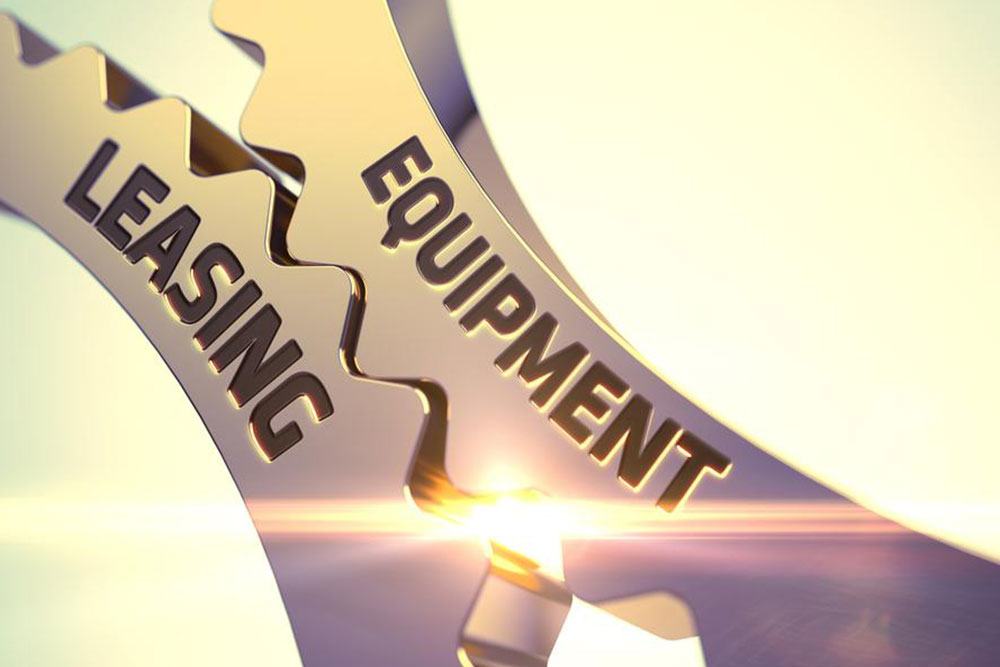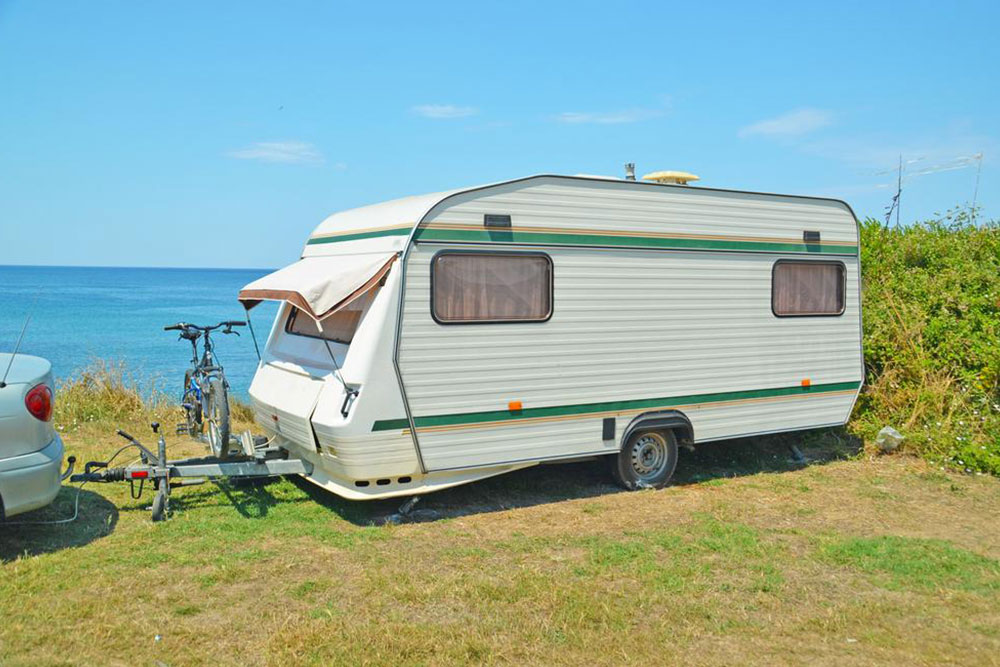Comprehensive Guide to Equipment Leasing: FAQs, Tips, and Best Practices
This comprehensive guide on equipment leasing answers common questions, highlights top financing providers, and offers practical tips for choosing the right leasing partner. It covers key aspects like lease types, avoiding mistakes, and essential contract components to help businesses maximize benefits from leasing arrangements, whether they are startups or established companies seeking equipment financing solutions.

Comprehensive Guide to Equipment Leasing: FAQs, Tips, and Best Practices
In the dynamic world of business operations, equipment leasing has become an essential financial strategy adopted by many organizations to optimize their capital and operational flexibility. This article provides an in-depth look into frequently asked questions about equipment leasing, highlighting key aspects that businesses need to understand before entering into lease agreements. From understanding the fundamentals to selecting the right leasing company and avoiding common pitfalls, this comprehensive guide aims to help enterprises make informed decisions that support their growth and operational efficiency.
What is Equipment Leasing? Understanding the Basics
Equipment leasing is a financial arrangement where a business (the lessee) rents equipment from a leasing company (the lessor) for a specified period, in exchange for regular payments. Unlike purchasing, leasing allows companies to use necessary equipment without the need for large upfront capital investments. This model is particularly advantageous in industries such as manufacturing, construction, healthcare, and technology, where equipment costs can be significant. Nearly 80% of manufacturing firms and a vast majority of industrial companies prefer leasing because it offers flexibility, preserves cash flow, and provides tax benefits.
Leasing agreements can be tailored to fit specific business needs, with variations such as operating leases, finance leases, and sale-leasebacks. Each type has different implications for ownership, tax treatment, and residual value. Choosing the right lease type is crucial for maximizing financial benefits and aligning with your company's strategic goals.
Key Players in Equipment Leasing: Leading Financing Providers
Finding reputable leasing companies is vital for securing favorable terms and reliable service. Here are some industry leaders offering equipment financing solutions tailored to different business sizes and credit profiles:
Bankers Capital – Based in Northborough, Massachusetts, Bankers Capital specializes in supporting manufacturing companies of all sizes, including those with suboptimal credit scores. They often require additional collateral rather than higher interest rates, helping businesses protect their revenue streams while securing necessary equipment.
BSB Leasing – Operating out of Englewood, Colorado, BSB Leasing primarily serves established companies with solid credit histories. They provide diverse lending options for leasing equipment ranging from $5,000 to $500,000, catering to a broad spectrum of industries including manufacturing, construction, and healthcare.
Baycap – Headquartered in Redondo Beach, California, Baycap is particularly popular among startups and growing enterprises. They specialize in financing large equipment transactions exceeding $75,000, especially for businesses with good credit profiles seeking substantial leasing arrangements.
How to Choose the Right Equipment Leasing Partner
Selecting a dependable leasing company is fundamental to ensuring smooth transactions and favorable terms. Consider the following criteria when evaluating potential leasing partners:
Reputation and Industry Credibility – Opt for firms associated with reputable organizations like The Equipment Leasing Association. This affiliation often signifies adherence to ethical standards, quality service, and industry best practices.
Range of Leasing Options – Understand the different lease structures available and choose a provider that offers versatile options suited to your operational needs, whether through operational leases or capital leases.
Experience and Industry Focus – Evaluate how long the leasing company has been in business and whether they have experience working with your specific industry or business size, especially if you are a startup or small enterprise.
Avoiding Common Equipment Leasing Mistakes
Maximizing the benefits of leasing requires careful planning and strategic decision-making. Here are some common pitfalls to avoid:
Mismanagement of Cash Flow – Leverage leasing's low initial payments to conserve cash and improve liquidity. Avoid overextending finances by opting for terms that match your cash flow patterns.
Overlooking Tax Benefits – Proper accounting of lease payments can unlock significant tax advantages such as deductions and credits. Ensure lease details are accurately reflected in financial statements to benefit fully from these incentives.
Choosing Variable-Rate Contracts – Be cautious with floating or adjustable-rate leases, which can lead to unpredictable costs and impact profitability during interest rate fluctuations. Fixed-rate leasing options provide more stability.
Components of an Effective Leasing Agreement
A comprehensive lease contract should clearly outline all critical terms to prevent misunderstandings and contingencies:
Lease Duration – Decide on a lease period that matches the expected lifespan of the equipment. Short-term leases are preferable for rapidly evolving technology or equipment subject to quick obsolescence.
Market Value of Assets – Ensure the equipment's market or residual value aligns with leasing costs. If the equipment depreciates faster than expected or the residual value is uncertain, purchasing might be a better option.
Cancellation and Upgrade Clauses – Include provisions that allow for early termination without penalties and clear policies for technology upgrades to facilitate future scalability and adaptability.
In summary, understanding the fundamentals of equipment leasing, choosing reliable providers, avoiding common mistakes, and drafting comprehensive contracts are essential for leveraging leasing as a strategic tool for growth. Whether you are a startup or an established enterprise, a well-structured leasing arrangement can optimize your operational efficiency, preserve cash flow, and provide significant tax benefits, ultimately contributing to the long-term success of your business.





